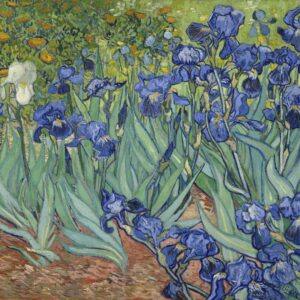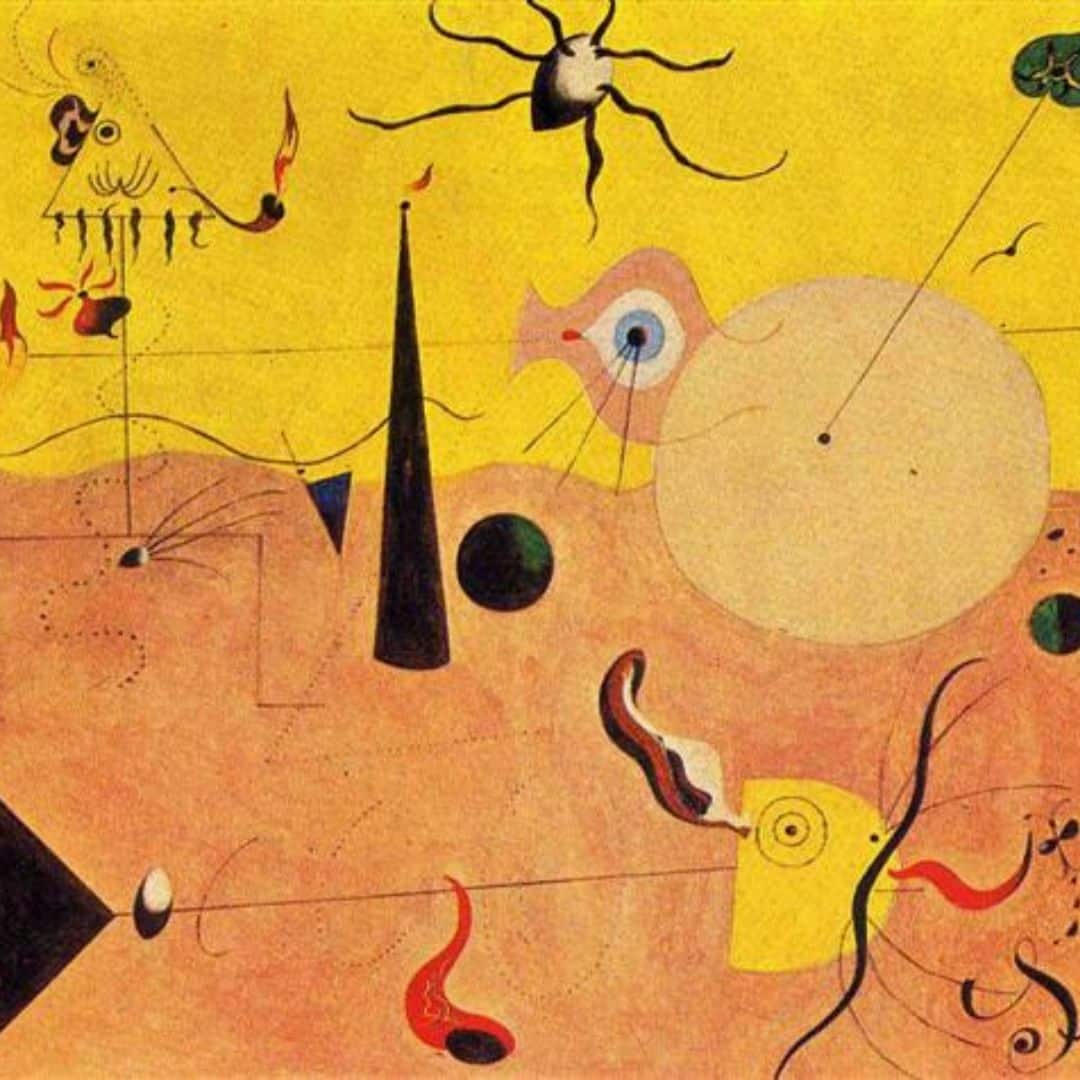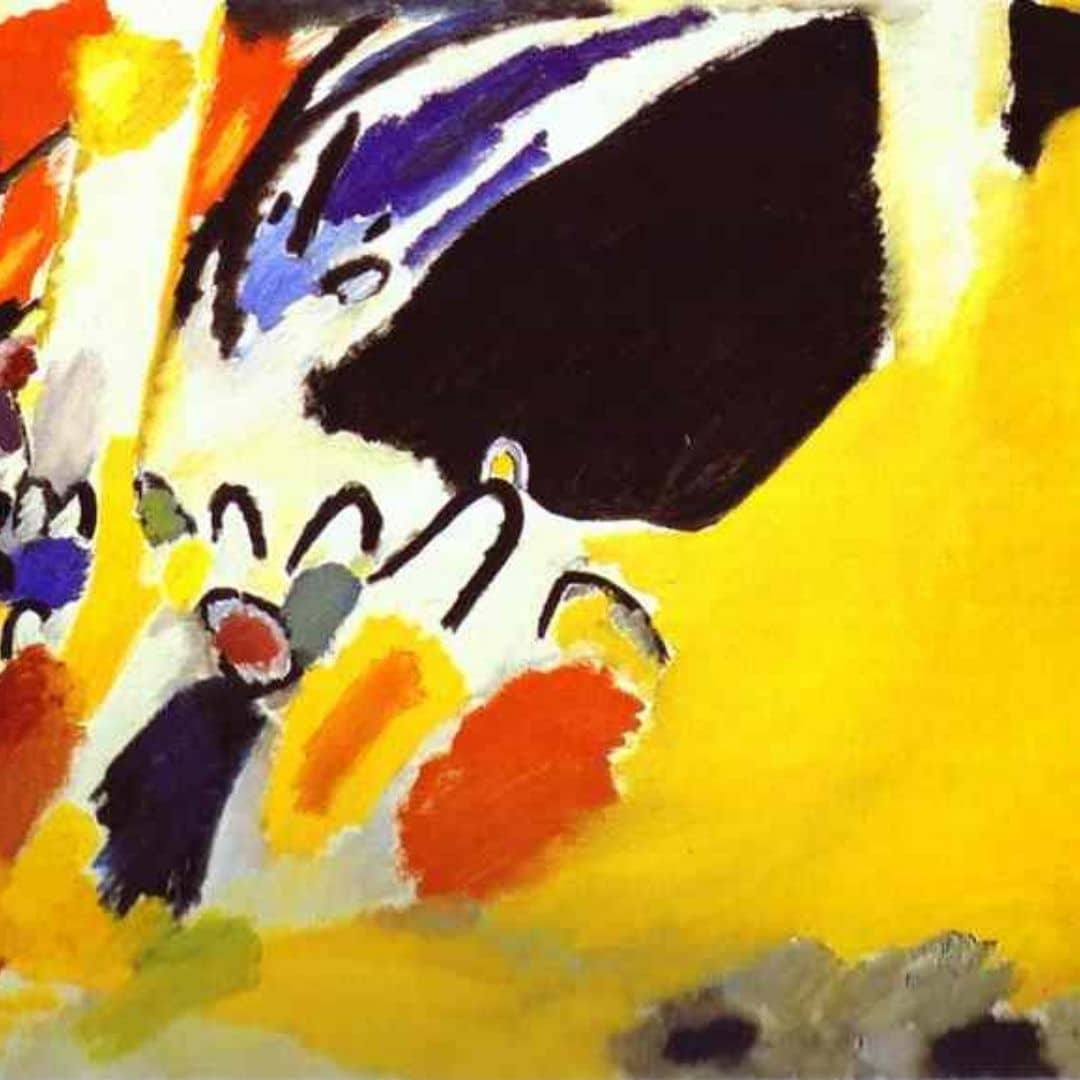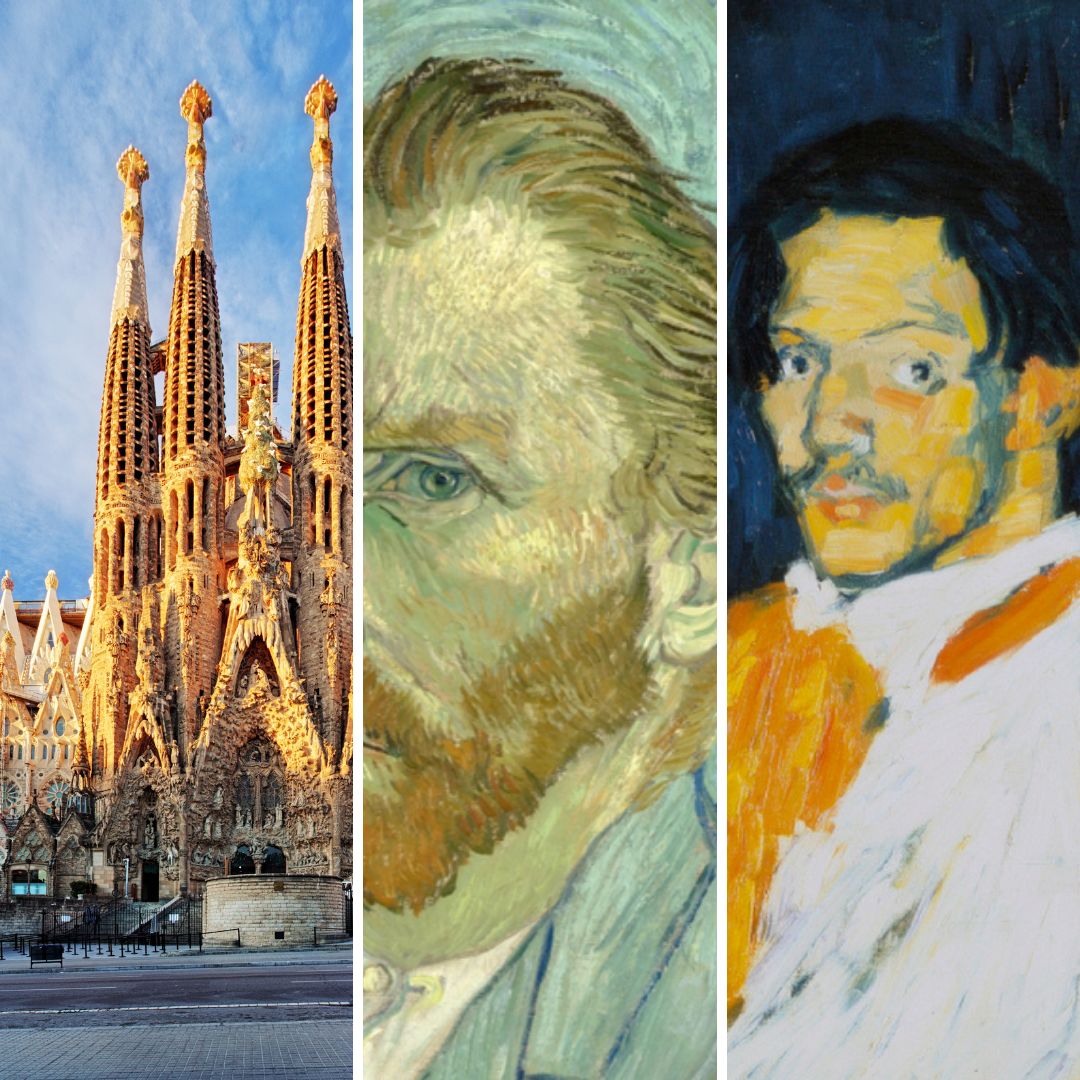Learn how to read a painting | the composition
by Yolanda Silva, author of the online course Analysing Art.
Cover image – Mr. and Mrs. Andrews, Thomas Gainsborough, 1750
How to read a painting
 Read a painting is a process with several elements.
Read a painting is a process with several elements.
Having always as a base the historical data that can be collected through parallel research, we can list, then the elements of visual analysis that assist us in the formal analysis process.
Note that the elements here exposed are examples that should be tailored to the specific needs of each piece in question.
The steps for the formal analysis are.
1. Identification;
2. Technical data;
3. Theme;
4. Function;
5. Structure (basic and essential considerations);
6. Composition.
How to read a painting – the composition
It refers to the organization of the parts that make up the whole which is the pictorial structure itself.
It concerns the analysis of colours, lines, volumes, light, etc.
Composition
It refers to the lines that organize the painting.
- Is it simple or complex?
- Is it geometrical order or is it random?
- Is it saturated or is there space?
- Are there patterns, balance, symmetries?
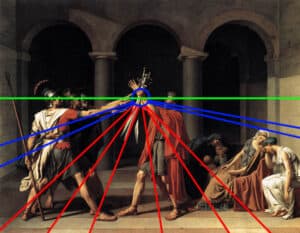
Jacques Louis David -Oath of the Horatii-1784
Drawing
It concerns the function of the line: its thickness and shape.

Berthe Morisot The Artists Daughter. (absence of drawing lines)
Volume
How is the three-dimensional shape achieved.
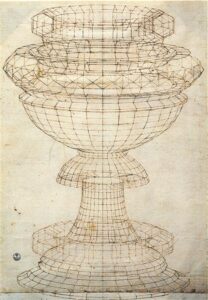
Vase in perspective
Paolo Uccello, Early Renaissance
Colours
- What are the dominants?
- Are they neutral, hot or cold?
- Primary or complementary?
- Do they have a meaning?

Caravaggio often uses red to draw the observer’s attention
Light
It refers to the provenance of light and its effects.
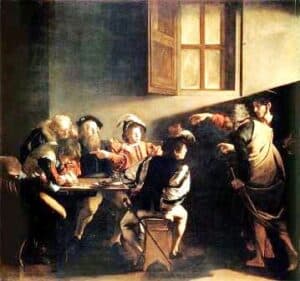
Caravaggio, 1599-1600 Calling of Saint Matthew
Let’s see a little about it in the presentation that follows.


